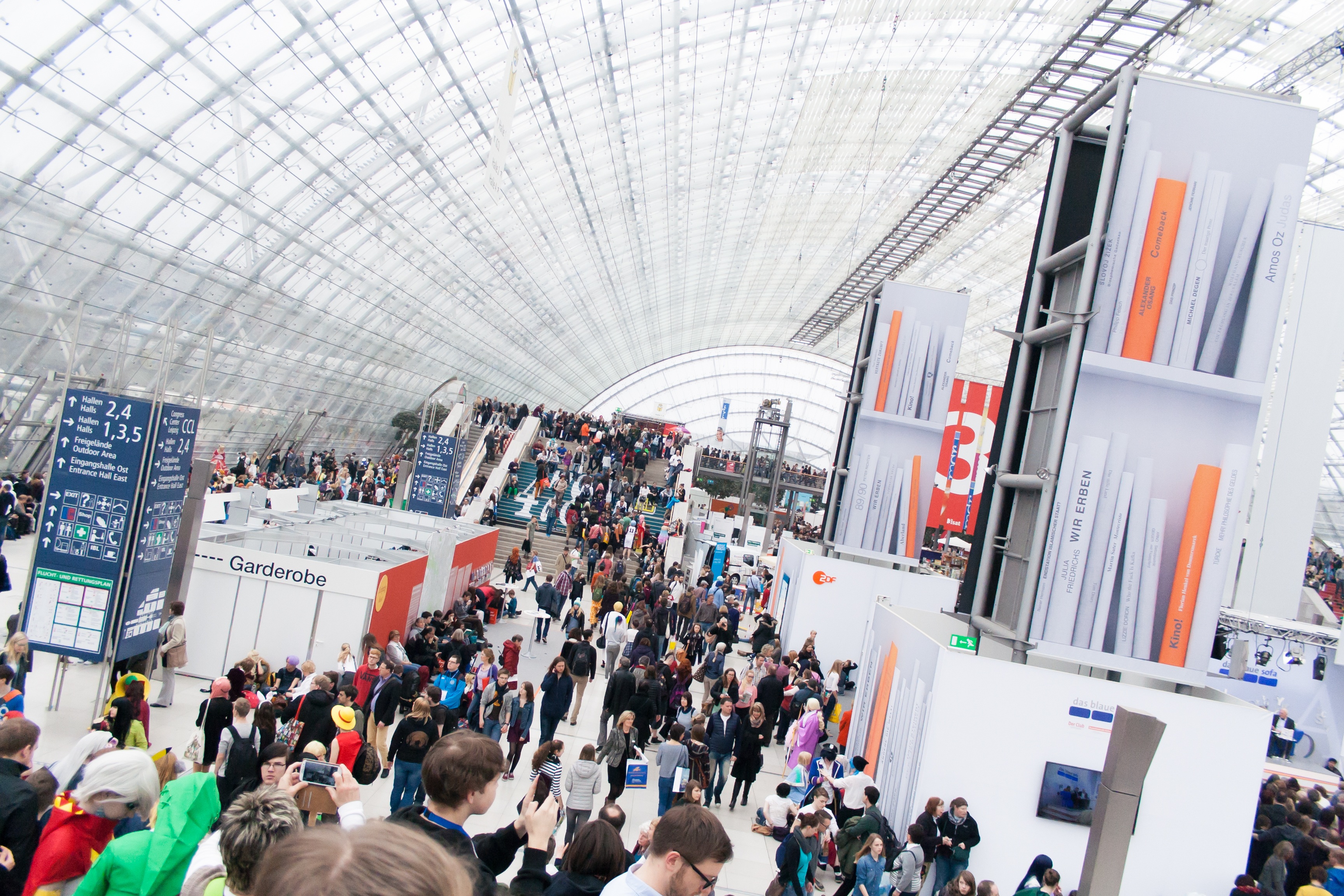
Exhibitions have changed significantly in the last decade. You may fondly remember bringing home a stack of business cards after the event, and seeing how many quality leads the event generated. However these days, paper business cards are much less of a thing, with event-led apps and digital business cards taking over. So with this rate of change in mind, how will exhibitions change in the next ten years?
Immersive virtual events
While virtual events have been taking place for many years, the COVID-19 pandemic saw an acceleration in their popularity. Virtual platforms are promising to change the way we experience exhibitions, allowing people all over the world to attend from the comfort of their smart devices.
With a 3D avatar walking through virtual halls, you can navigate a range of virtual stands and chat with real people in your industry. The idea certainly has potential, particularly with its gamification options. At some virtual events, attendees can earn points for watching videos or attending webinars, resulting in highly engaged visitors. But in reality, are people truly connecting at these virtual events to the same extent they would in real life?
We all know how good it is when you ‘click’ with a person at a tradeshow. When two like-minded people meet and solve real problems, it’s a great feeling. I’m not sure you could get that same palpable feeling on a virtual platform.
Real life exhibitions
When a business exhibits at an event, whether virtually or in real life, they do so with the same aims: standing out from the crowd, increasing brand awareness and leaving a lasting impression.
The attention-grabbing tool of choice often comes in the form of a well-executed exhibition display stand. Whether it is a banner stand, a pop-up stand or a more elaborate construction, ultimately, a strategically designed exhibition display is an extremely useful hook for businesses when it comes to building relationships with potential customers and positioning your business as leaders in the industry.
Compared with a virtual event made from pixels on a screen, real-world exhibitions can be breathtaking. Arguably no amount of computer-generated imagery can match the feeling of exploring a real-world stand with well-designed lighting and products you can touch with your hands.
The unparalleled value of human interaction at exhibitions
Personal interaction allows for a meaningful emotional connection that is difficult to replicate at virtual events. Facial expression, body language and tone of voice in real-time interactions enhance the depth and quality of conversations, leading to stronger relationships, which is crucial for networking at business exhibitions.
Trust is another key factor that is far more difficult to build virtually than it is in person. Directly engaging with visitors and potential customers is far more likely to generate brand trust as you can provide immediate feedback, clarification and alleviate doubts more naturally.
Human interactions allow for a level of personalisation that virtual avatars currently cannot match. Salespeople, for example, can adjust their pitch in real-time, responding to the specific interests of the attendee and provide a tailored experience based on the interaction cues that they receive.
It is for these reasons that I believe that the future of exhibition events likely lies in a hybrid model that combines the best of both worlds.
A balanced future
Technology has not only altered the landscape of the exhibition stands themselves but it has also caused a shift in the way that exhibition events as a whole are organised and conducted.
With many real-life events offering easy digital sign-up, global accessibility, cost-effectiveness and data insights, it’s fair to say virtual exhibitions have already had a huge impact on physical events. Similarly, the increased use of VR and AR experiences at real-life stands shows there is room for high-tech experiences to engage your customer base.
While virtual components can extend the reach of an event and make it more accessible, incorporating opportunities for in-person interactions will remain important for networking and relationship-building. Creative and well-designed exhibition stands will continue to play a pivotal role in the future of exhibitions.
